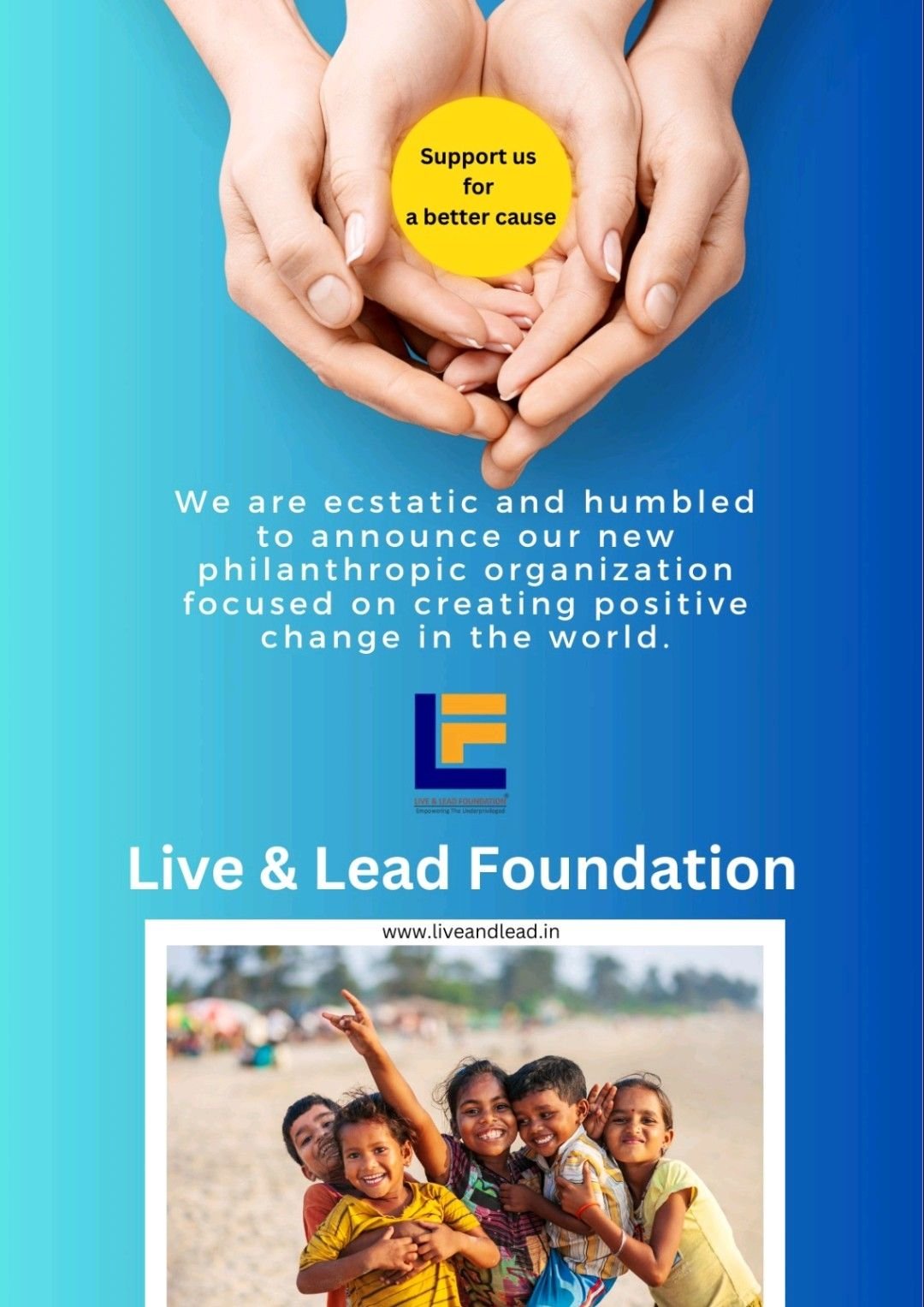
Navigating the Dynamic Landscape: How Non-Profits Adapt for Long-Term Impact?
In a world of constant change and evolving dynamics, non-profit organizations stand as beacons of hope, driving change and progress in their communities. Yet, their journey isn’t without its challenges. Non-profits face a shifting market landscape that demands adaptability, innovation, and unwavering commitment to their core missions to remain effective and sustainable.
Embracing Flexibility in Mission Fulfillment
Flexibility isn’t just a buzzword for non-profits; it’s a survival tactic. The ability to pivot strategies without losing sight of the mission is crucial. For instance, a charity dedicated to hunger relief might reconfigure its distribution methods during a crisis or adopt technological advancements to reach more individuals efficiently.
The Role of Innovation in Sustainability
Innovation isn’t confined to the corporate realm. Non-profits innovate to thrive. They harness new technologies, embrace novel fundraising methods, and experiment with unconventional partnerships. These innovations aren’t just about survival; they’re about enhancing impact. For instance, leveraging social media for awareness campaigns or employing data analytics to optimize resource allocation.
Responsiveness: Meeting Challenges Head-On
Non-profits aren’t strangers to challenges; they confront them daily. Whether it’s a sudden economic downturn, regulatory changes, or a global crisis, their ability to respond defines their resilience. It involves being proactive, anticipating shifts, and building robust contingency plans.
Balancing Change and Mission Integrity
Adaptation shouldn’t dilute the essence of a non-profit’s mission. It’s a delicate balance, akin to a tightrope walk. Organizations must evolve without losing sight of their foundational principles. Staying true to the cause while embracing change requires careful deliberation and strategic planning.
Strategies for Navigating the Evolving Landscape
Continuous Learning and Evolution: Non-profits that thrive prioritize learning and evolution. They invest in their teams, fostering a culture of continuous learning and adaptability.
Collaboration and Partnerships: Forming alliances with like-minded organizations, corporations, or governmental bodies amplifies impact and expands resources.
Diversification in Fundraising: Overreliance on a single funding source can be risky. Diversifying funding streams ensures financial stability, reducing vulnerability to market fluctuations.
Agile Planning: Embrace agile methodologies in planning and execution. This allows for quick adjustments in response to changing circumstances.
Conclusion
Non-profits play an indispensable role in addressing societal challenges. To remain resilient, they must be agile, innovative, and responsive to the ever-evolving market dynamics. By balancing adaptability with unwavering commitment to their missions, these organizations not only survive but thrive, leaving a lasting impact on the communities they serve.
Recent Posts
Environment sustainability and NGO’s
Skills-based empowerment for low-income communities
The societal worth of women from low-income community
+91 9312189789
+91 9654807520
info@liveandlead.in



